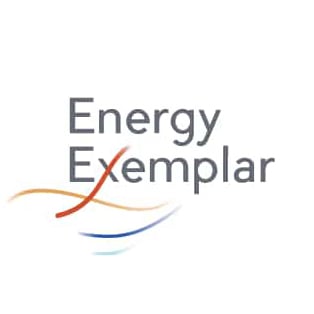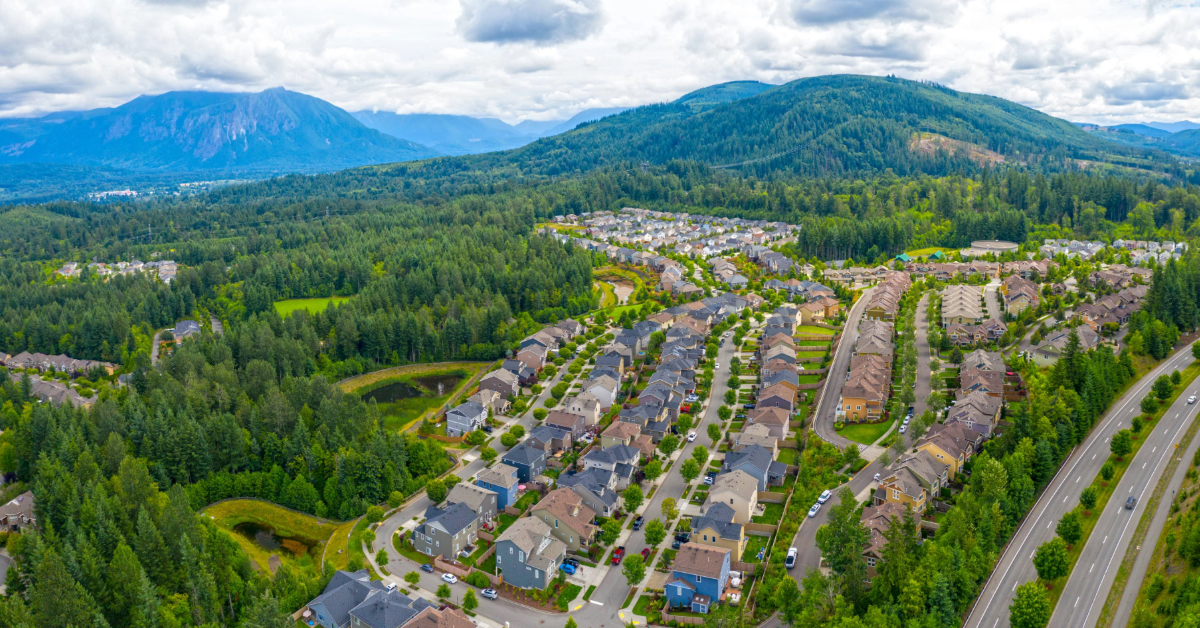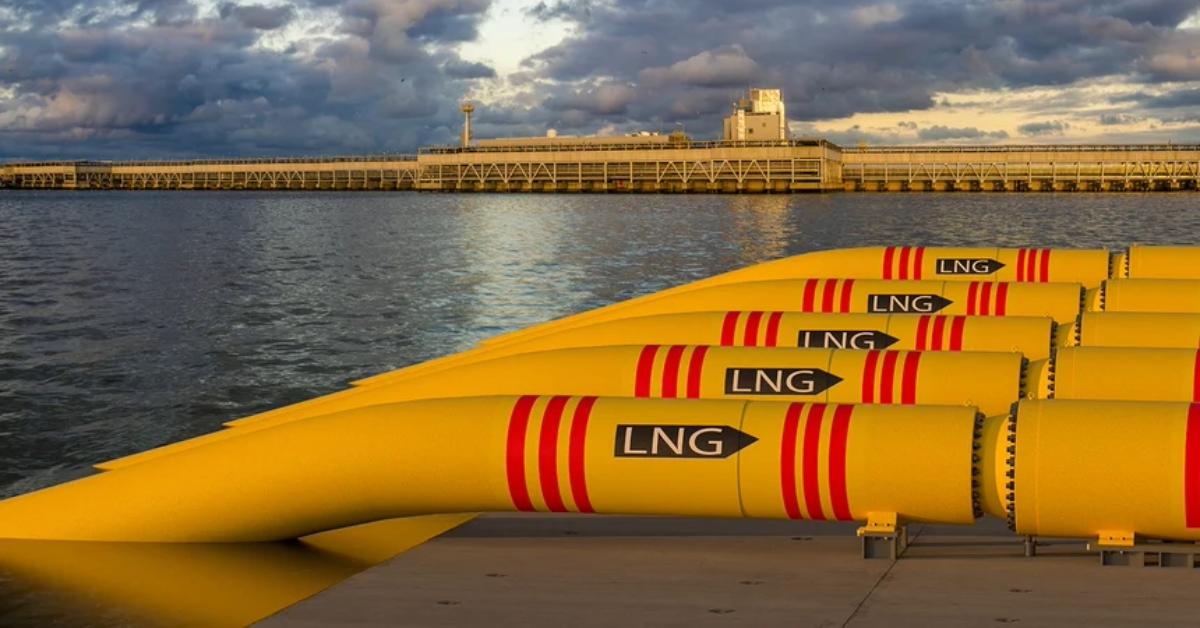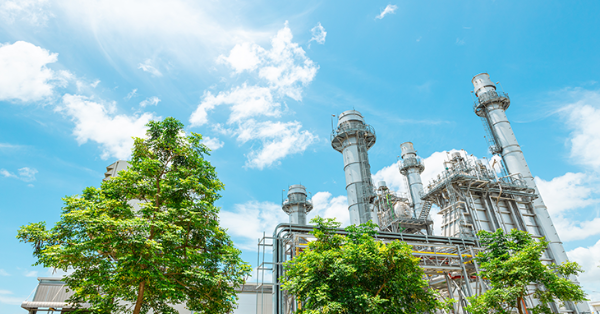Tokyo Gas - Optimizing Across the Entire LNG Value Chain with PLEXOS
Tokyo Gas: Operating Across the Entire LNG Value Chain Established in 1885 as a private gas company, Tokyo Gas Group now has over 15,500 global...
4 min read
 Team Energy Exemplar
:
September 12, 2024
Team Energy Exemplar
:
September 12, 2024

Cascade Natural Gas, a subsidiary of MDU Resources Group, is a local natural gas distribution company that serves more than 315,000 customers in Washington and Oregon. Headquartered in Kennewick, Washington, Cascade’s service area covers more than 32,000 square miles and 95 communities, most outside of major metropolitan areas. One of the fastest-growing natural gas utilities in the country, Cascade sources traditional natural gas from the Rocky Mountains and western Canada. It also invests in landfill renewable natural gas (RNG) projects in Washington State.
In recent years, the Pacific Northwest has taken significant steps to decarbonize. For example, Washington’s Climate Commitment Act (CCA) caps and reduces the emissions of the state’s biggest industries to reach its goal of reducing greenhouse gas (GHG) emissions by 95% by 2050. Launched in 2023, the market-based cap-and-invest program sets emissions limits that decrease over time. Oregon’s Climate Protection Program (OCPP) is a similar cap-and-trade system that aims to limit GHG emissions. The OCPP is currently paused, although it’s expected to be reinstated in 2025. Both programs aim to incentivize energy market participants to invest in better processes and cleaner energy.
With operations in both Oregon and Washington, Cascade strives to serve its customers in a least-cost-least-risk manner while also meeting its mandated emissions-reduction goals over the next 20-plus years.
Cascade maintains compliance with Washington State’s CCA through a combination of strategies:
- The company invests in cleaner technologies and lower-emissions energy sources, such as renewable natural gas. Cascade converts methane captured at landfills into RNG, which it then delivers to customers via its distribution system, ultimately reducing the company’s carbon footprint.
- Cascade uses allowances, or permits, that give the holder the right to emit a specific amount of pollutants. Washington State, for example, issues no-cost allowances to eligible natural gas utilities to protect consumers from potential rate increases that could stem from a utility’s participation in the cap-and-invest program. These no-cost allowances can be used for compliance, sold at auction to another utility, or both. In 2024, a minimum of 70% of a utility’s no-cost allowances must be sold in one of the state’s quarterly auctions; that minimum goes up by 5% annually until 2030 and remains at 100% until 2050. The number of no-cost allowances issued by the state will decline each year.
- Cascade also uses offsets, which are compliance instruments issued by the state based on the utility’s investment in projects that reduce GHG emissions and directly benefit the state. These credits can be applied to the utility’s compliance obligation, saved for future use or sold to other market participants.
- The company expands and creates new energy-efficiency and conservation demand-side management programs to avoid emissions.
- Cascade uses hydrogen — while hydrogen is still a developing resource, Cascade can utilize blended hydrogen in its existing infrastructure to produce a lower-emissions product.
To comply with the CCA, Cascade must submit emissions allowances or offset credits equal to its annual emissions.
Cascade employs similar strategies to ensure its compliance with the OCPP. However, Oregon’s program offers community climate investment (CCI) credits rather than offsets. Market participants earn CCI credits by investing in approved entities that, in turn, fund projects that reduce GHG emissions. The use of CCI credits as a compliance instrument is limited to a percentage of the utility’s demand minus any green resources utilized.

To determine the optimal strategy for compliance with regional decarbonization requirements, Cascade must perform comprehensive scenario and sensitivity modeling to determine the optimal mix of resources that both serves its customers and reduces emissions in a least-cost-least-risk manner. Cascade selected PLEXOS® to perform this strategic modeling. PLEXOS is an advanced modeling platform that helps energy market participants manage increasingly complex compliance and regulatory requirements. The model results, which leverage stochastic and deterministic analyses, allow Cascade to make data-informed decisions when developing its long-term (over 20 years) integrated resource plan.
Cascade has discovered several benefits of modeling with PLEXOS:
- It provides a portfolio-wide view, enabling Cascade to see how specific changes to one or more of its compliance strategies impact the system, portfolio, customers and compliance obligations across its entire service area.
- It’s customizable, allowing Cascade to add data specific to each resource, including price, availability and associated risks.
- It’s flexible, empowering Cascade to analyze hundreds of scenarios for better insights.
- It’s designed to facilitate renewable integration, helping Cascade manage risks around RNG production, which tends to drop during winter months when customer demand is at its peak.
PLEXOS has been vital in helping Cascade understand and reduce risk, especially around the integration of RNG resources. RNG is not molecularly different from its fossil fuel counterpart, which means it’s impossible to distinguish if both are injected into a distribution pipeline. Gas utilities have two options here.
First, they can purchase renewable thermal credits (RTCs), also known as RNG certificates, as proof that the gas is renewable. The price of RTCs varies depending on a variety of factors, but they are sold at a per-credit cost, making them relatively low risk.
Utilities can also partner with local landfill developers to capture and convert methane into RNG, as Cascade has done in Washington. This strategy can be riskier than purchasing RTCs, though the rewards can also be more significant. In this scenario, the utility invests a flat fee in the RNG project, and, in return, typically receives as much RNG as the landfill can produce — a number that can vary based on various factors.
Cascade uses PLEXOS to determine stochastic bands on things such as construction cost overruns and weather impacts so that decision-makers understand the variable impact in relation to the company’s other compliance options. As a result, they are better able to determine if the investment will be cost-effective and enable the company to meet its long-term compliance obligations.
The compliance modeling that Cascade Natural Gas has done, and continues to do, in PLEXOS has helped the utility identify the least-cost-least-risk method to meet its mandate of reliably and cost-effectively serving its customers while also reducing its carbon emissions.
Watch Devin McGreal's full case study video presentation to get more information on Cascade Natural Gas' use of PLEXOS for decarbonization.

Tokyo Gas: Operating Across the Entire LNG Value Chain Established in 1885 as a private gas company, Tokyo Gas Group now has over 15,500 global...

The Energy Institute Hrvoje Pozar (EIHP) and the Eastern European Natural Gas Partnership - Promoting Regional Gas Transmission Cooperation Owned...

The world is facing an urgent and inevitable challenge: combating climate change. In the pursuit of sustainable energy solutions, the integration of...